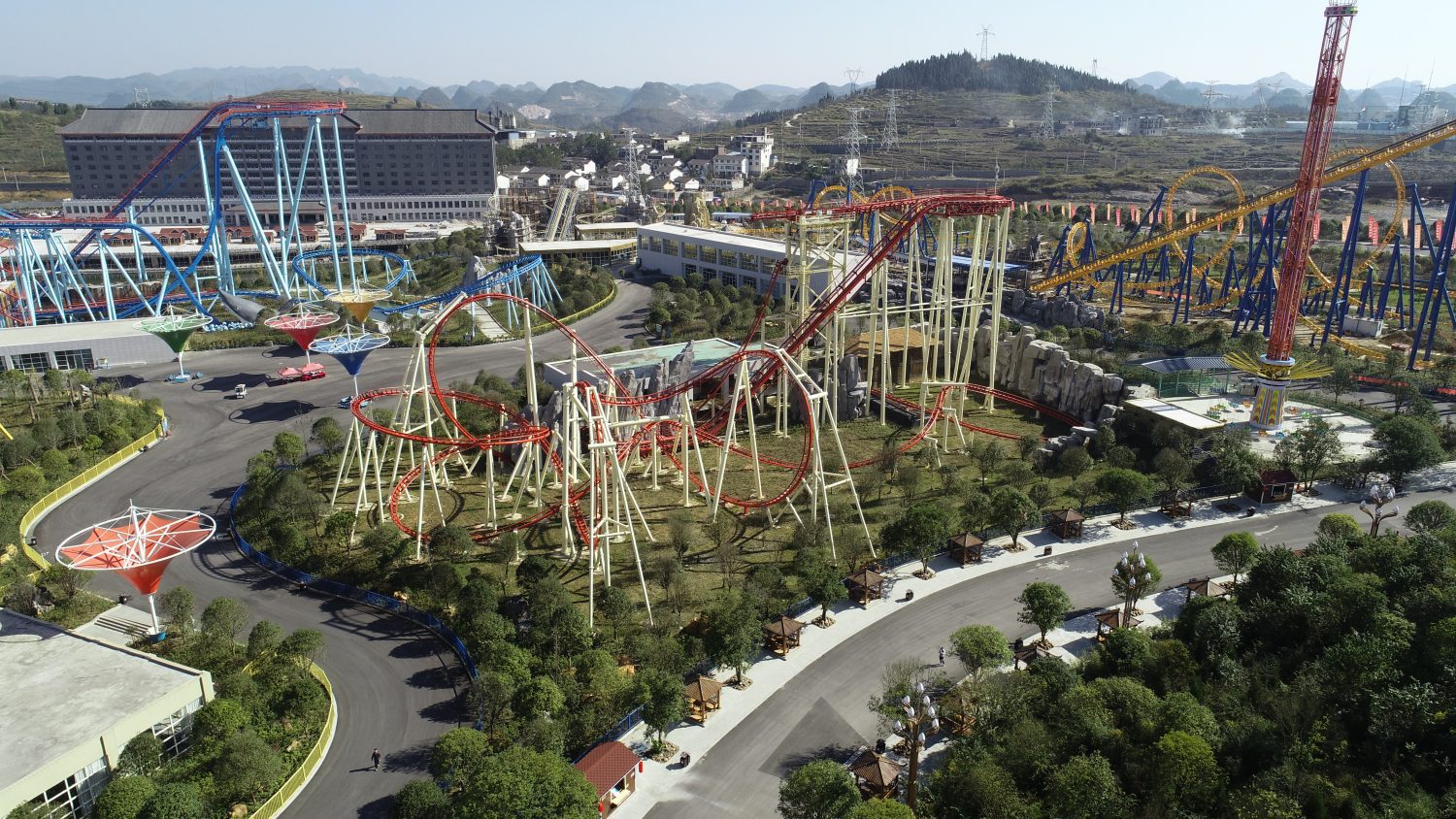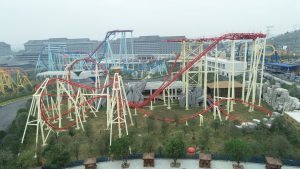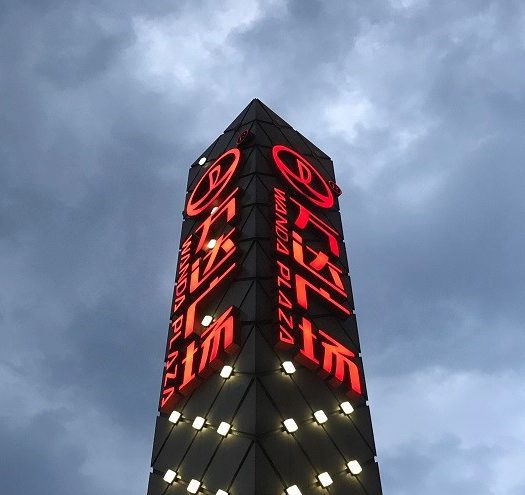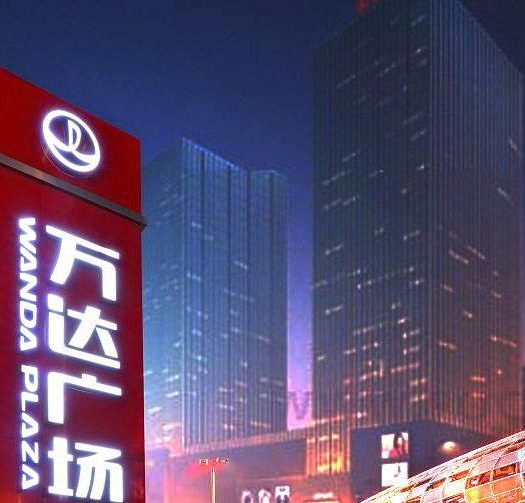Having opened its first tilting coaster in 2016, in conjunction with major theme park developer and operator Wanda Group, Golden Horse/Jinma Co. director of overseas marketing Leo Lee discusses the development of the ride with InterPark
THE tilting coaster is clearly a very exciting development and Lee first explained where the original idea for the ride came from?
“As with all new amusement rides and attractions, inspiration comes from the imagination of the manufacturer/designer and/or from the customer,” he says. “Human beings are always curious about new things and yearn for something innovative and for unique experiences. As a result they are driven to turn those ideas into something real.
“Very often it is only possible to experience, albeit only visually, some things by watching them on TV with no chance of being able to experience something in real life. The feeling of falling into an abyss with the wind rushing past and people screaming around you is a unique experience of speed and thrills.
“Here at Golden Horse we wanted to make that experience a reality so many people could enjoy it. And so our tilting coaster was born which brings such an exciting adventure to reality with the most special sensations.
“Jinma Co. and the Wanda Group jointly developed a brand-new tilting coaster, with Jinma taking care of the technology R&D, including all calculations, design, manufacture and installation, with the first tilting coaster opening to the public in 2016. And we must also thank the Dutch company Jora Vision Europe B.V. for its contribution to the design.”
So how was the ride developed from a technical point of view?
“First of all, based on some concepts of the coaster, we produced an executive plan, looked at extra features of the ride and analysed the feasibility of the whole project,” says Lee. “Next we profiled users and visitors so that we could create a strategy of product position. We also took the size, area, budgets, degree of thrill, traffic, etc., into consideration and made a preliminary plan. Based on this, we then fixed the relationship between the various functional components and refined the general layout.
“The next process was to design the running track of the rail and configure the vertical ring, spiral ring, crescent arch and other specific elements to match the inclination angle. Safety, passing ability and smoothness should be considered in the design map. Columns were then arranged according to the track layout to ensure that the structural strength and rigidity of the ride met the necessary requirements.
“The design of the train was another part of the overall process,” he continues, “while the platform design made us think about how to realise the tilting and flipping elements prior to actual design. There were also other areas to consider, such as the lift, rail changes, maintenance and braking system.”
And he went on: “The whole design process went through several stages – the concept, scheme, refinement and optimisation of the whole and the part. We came up with one idea after another and made comparisons, sometimes even rejecting all schemes and starting again. We put a lot of effort into every step to refine every detail. After the completion of the design, the production trial and prototype test processes also underwent optimisations and changes.
“But our efforts finally paid off. The finished tilting coaster is exciting and safe. Although the track is disconnected, we have multiple security systems to make sure the coaster will not derail. In the flipped platform section we developed a self-reset design, so that even in the case of failure of the power and hydraulic systems, it can return to the horizontal position safely for evacuation.”
Not surprisingly the ride differs in many ways from other roller coasters and Lee explained some of the most significant differences.
“The biggest difference is the tilting track. The track is open-type with track-flipping function on which the coaster can operate smoothly. The track is the most creative part, but also needs more safety considerations.
“The focus of our design and the most innovative parts are the reliable locking and unlocking functions of the coaster and the position limited protection and interlock protection for the flipping track. We developed innovative designs regarding these new elements.”
The coaster is clearly an exciting thrill ride so is particularly suitable for younger riders. According to Jinma, those above 1.4m in height and below 1.9m are able to ride.
To date, the company has installed three types of ‘track-opening’ roller coaster at Chinese parks – the Tilting Dual Coaster in Wanda Amusement Park in Hefei, Mind Cart with vertical track around the snow mountain in Wanda Amusement Park in Harbin and the Tilting Coaster in Daxingdong Amusement Park in Anshun. Further examples are set to open in the coming year.
In conclusion, Lee was asked why he thought the parks in question chose a tilting style coaster rather than a more traditional coaster design and system?
“The tilting track is novel, which is attractive for visitors,” he states. “With its strong research and development strength and proprietary core technology, Jinma made innovations in track design, linkage control and manufacturing technology. Jinma’s coasters are no different to other world-class roller coasters in respect to appeal, safety and comfort. They also perform excellently in regard to track smoothness and operational quietness. Tilting coasters have become a visitor favourite and also help to increase a park’s popularity.”
Technical specifications
Track height: 40.1m
Track length: 747m (operating track), 26.5m (maintained track)
Capacity: 48 riders
Trains: 2, each carrying 24 passengers


















